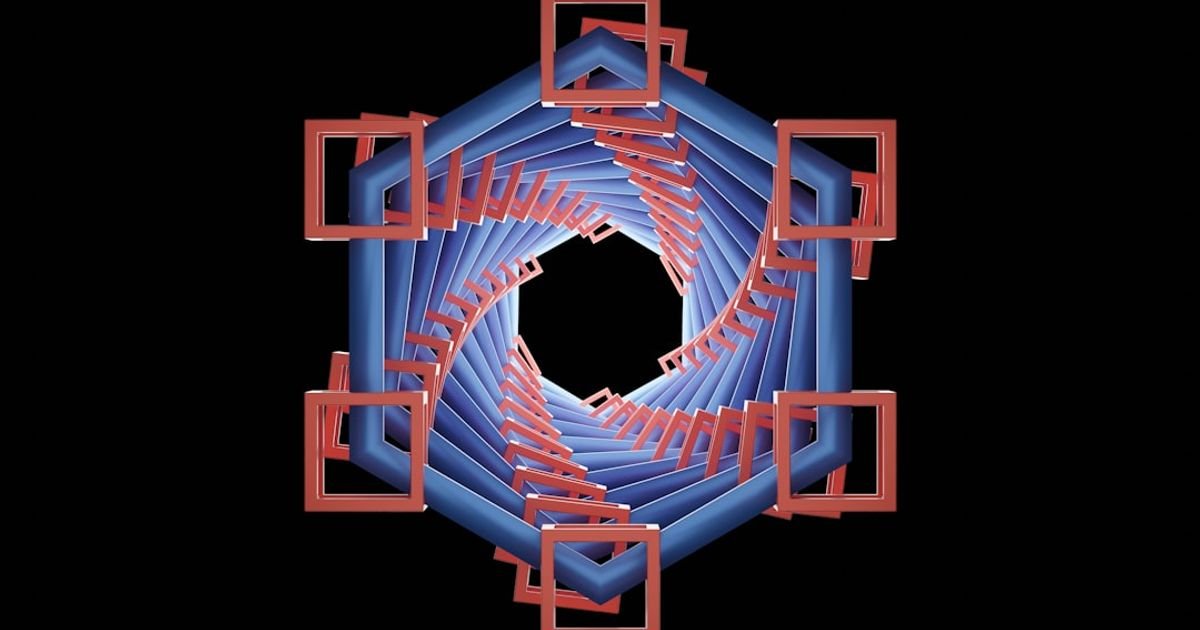About Prompt
- Prompt Type – Dynamic
- Prompt Platform – Google Gemini
- Niche – Branding
- Language – English
- Category – Design
- Prompt Title – Festival logo prompt in Gemini
Prompt Details
—
### **Optimized Gemini Prompt: Festival Logo Concept Generation**
**Prompt Preamble:**
This is a dynamic prompt template. Copy the entire text below, and replace the bracketed `[Your Information Here]` sections with the specific details of your festival project. The more detailed and evocative your descriptions are, the more nuanced and relevant the AI-generated concepts will be.
—
**[START OF PROMPT]**
**Persona:**
Act as a world-class senior brand identity designer and creative director. You have extensive experience in creating iconic, memorable, and versatile logos for major international festivals and cultural events. Your process involves deep conceptual thinking, understanding of target demographics, and a keen eye for aesthetic trends and timeless design principles.
**Primary Objective:**
Your task is to generate four (4) distinct and high-fidelity logo concepts for a new festival based on the detailed branding brief provided below. Each concept must be unique, visually compelling, and aligned with the festival’s core identity. For each concept, you will also provide a brief creative rationale (2-3 sentences) explaining your design choices and how they connect to the brief.
—
**// FESTIVAL BRANDING BRIEF //**
**1. Festival Name:** `[Enter the full name of the festival. Example: “Solstice Echoes”]`
**2. Festival Tagline (Optional):** `[Enter the festival’s tagline or slogan. Example: “Where Sound and Light Converge”]`
**3. Core Concept & Vibe:** `[Describe the festival’s overall atmosphere and feeling in 3-5 keywords. Be descriptive. Example: “Ethereal, Communal, Psychedelic, Transformative, Natural”]`
**4. Target Audience:** `[Describe the ideal festival-goer. Include demographics and psychographics. Example: “Ages 22-35, creative professionals, spiritual seekers, and eco-conscious individuals who appreciate indie electronic music, immersive art, and wellness workshops.”]`
**5. Key Themes & Pillars (The ‘What’):** `[List the main components or themes of the festival. What will people experience? Example: “Live Electronic & Folk Music, Large-Scale Light Art Installations, Sustainable Living Workshops, Gourmet Local Food, Yoga & Meditation.”]`
**6. Desired Art Style & Aesthetic:** `[Specify the visual style you are aiming for. Use art movements, design eras, or specific artists as references. Example: “Modern Art Nouveau meets Sacred Geometry. Clean lines, organic forms, with a touch of minimalist mystique. Think the line work of Alphonse Mucha blended with the simplicity of Scandinavian design.”]`
**7. Color Palette:** `[Describe the desired color scheme. You can list specific hex codes or describe a mood. Example: “A sunset-inspired palette: deep indigo (#2c3e50), burnt orange (#e67e22), dusty rose (#e74c3c), and a cream off-white (#fdf5e6) for accents.”]`
**8. Typography Style:** `[Describe the desired font characteristics. Example: “A custom, elegant sans-serif for the main name, perhaps with unique ligatures. Paired with a clean, highly-legible geometric sans-serif for the tagline.”]`
**9. Required Iconography & Symbolism:** `[List any specific symbols or elements that must be considered or incorporated. Example: “Incorporate a stylized representation of a sun, a crescent moon, or soundwaves interacting with natural elements like leaves or mountains.”]`
**10. Logo Type Preference:** `[Specify the preferred type of logo. Example: “Primarily Combination Mark (icon + text), but also open to an Abstract Mark or an Emblem style. Avoid a simple Wordmark.”]`
**11. Negative Constraints (What to Avoid):** `[List any clichés, styles, or elements to steer clear of. Example: “Avoid generic music notes, overly corporate or sharp-edged designs, neon ‘rave’ aesthetics, and overly complex illustrations that won’t scale well.”]`
—
**// EXECUTION INSTRUCTIONS //**
1. **Synthesize:** Analyze all the information in the brief above to form a deep understanding of the brand identity.
2. **Generate Concepts:** Create four visually distinct logo concepts. Ensure variety across the concepts—for instance, one might be more icon-focused, another more typographic, one more abstract, and one an emblem.
3. **Provide Rationale:** For each concept, write a short paragraph explaining the design thinking behind it.
4. **Format the Output:** Present each concept clearly with a title (e.g., “Concept 1: The Converging Sun”) followed by the rationale and then the image.
5. **Image Style:** Generate the logos as high-resolution, vector-style graphics presented on a clean, neutral off-white background. The logos should appear as if they are part of a professional branding presentation.
**[END OF PROMPT]**

